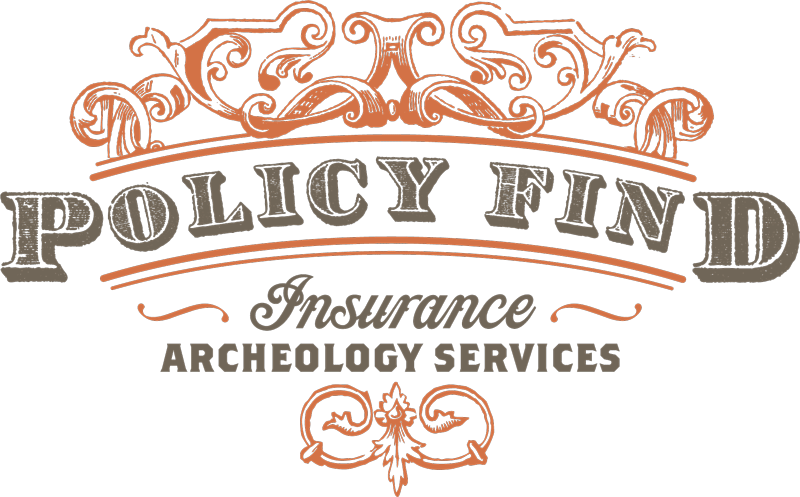As Seen in the September 2009 Issue of Western Cleaner & Launderer
Written By: Steve Henshaw, President & CEO of EnviroForensics.
I heard from some readers that my last few articles were a little too technical and in addressing those comments, I’ve decided to go back to basics. That is to say, what are basic concerns that dry cleaners have? Since this is the Environmental Corner and staying with that topic, it is my experience that one of those basic concerns that dry cleaners might have deals with the questions, “How am I going to pay for an environmental investigation and clean-up?” Old insurance policies may be an answer.
For years I’ve espoused that business owners need to find their old commercial general liability (CGL) policies and store them in a safe, dry and fireproof place. CGL policies were purchased by business owners to coverage them against all liability exposures of a business unless specifically excluded. Coverage includes products, completed operations, premises and operations, elevators, independent contractors, to name a few. Note the key words, “unless specifically excluded”. These words are very important in determining whether an individual or businesses old insurance policies can be used to pay for environmental investigations and clean-ups.
In general, prior to the early 1970’s, CGL policies did not contain language that excluded environmental pollution and contamination. Between ~1972 to ~1985, CGL policies contained language that covered “unexpected and unintended releases”. Such unexpected and unintended releases mean accidental releases or accidental spills, not intentional releases, which would be better defined as dumping or disposing. After ~1985, most insurance companies added very specific language to CGL policies that contained absolute pollution exclusion. In other words, they were not covering individuals and businesses for pollution or contamination associated with dry cleaning operations. A separate environmental policy would be required to cover environmental pollution and contamination.
So, going back to the basic point, if you or your business bought CGL insurance before the policies contained absolute pollution exclusion language, you are likely to have insurance coverage that can address environmental contamination, even if that contamination has only been recently discovered. If you recently acquired the business (recent being after 1985), the person before you probably bought insurance that would cover environmental contamination costs.
OK, you might ask, that sounds great, but what if I can’t find my old policies or the policies that were bought by former owners? In my experience, those old policies can still be found. While there is no guarantee, a good insurance archeologist has a very good chance at finding old policies or evidence of old policies. In full disclosure, PolicyFind is owned by EnviroForensics, but that being said, they boast an 85% success rate at finding old insurance policies or evidence of old policies. While the insurance archeology field is not huge, there are several other companies that also look for policies.
After finding the old policies it is then critical that you know how to use those policies to your benefit. Insurance law is different from state to state and not every state has good law for the policyholder. Insurance policies contain different language from time to time and insurer to insurer. Before you do anything call an expert and ask for advice.
Old policies provide a defense against a claim or suit. In some states a claim or suit could be a letter from the regulatory agency or a neighboring property owner demanding a response to identified environmental contamination. In other states the court’s have determined that the insurers must only defend an actual law suit.
In pulling this concept together, a defense would include paying for lawyers dealing with the environmental contamination. A defense would also include quantifying an individual or businesses exposure and liability. The only way to quantify environmental liability is to collect environmental samples (e.g. soil, soil gas, indoor vapor, groundwater). It would also mean determining how expensive a cleanup would cost, which means that aquifer tests, feasibility studies, and remediation technology evaluations, should be covered.
Obviously, the process of using old insurance policies has many parts. There may be an insurance archeology component, a legal component, and a technical component and they all have to work together. Understanding all aspects of the process is not your job, that’s what you hire experts for.
If your facing environmental liability of several hundred thousand dollars, I would strongly recommend looking into the process discussed above. Thousands of dry cleaners are being forced to address environmental contamination. Hundreds of dry cleaners have used historical insurance to help pay for investigations and remediations. It’s worth looking into.

Recent Comments